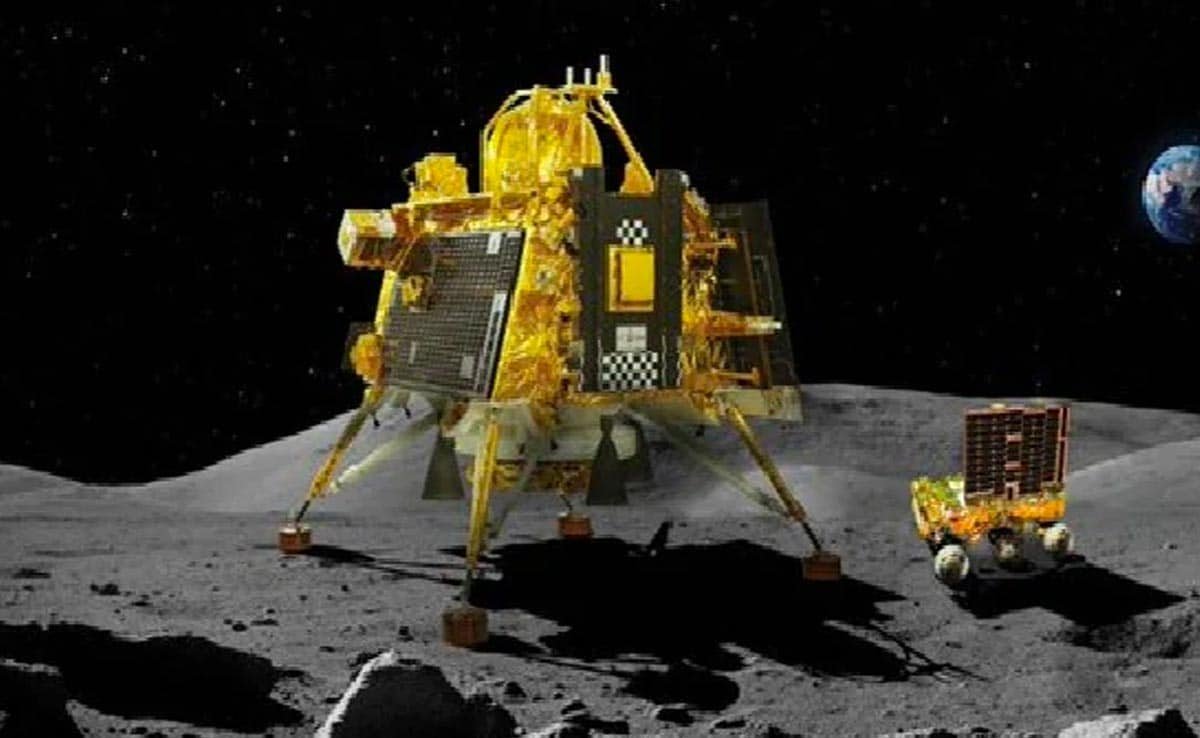The successful landing of Chandrayaan-3 on the Moon’s south pole is a major milestone for India’s space program. It is the country’s third lunar mission and its first to land on the south pole. This achievement is a testament to the hard work and dedication of the ISRO team, and it will have a number of positive implications for the future of Indian space exploration.
First, the success of Chandrayaan-3 will boost the confidence of the ISRO team and the Indian public in the country’s space capabilities. This will help to attract more talent to the space program and to raise public awareness of the importance of space exploration.
Second, Chandrayaan-3 will provide valuable data about the Moon’s south pole. This region is of particular interest to scientists because it is thought to contain water ice, which could be used as a resource for future human exploration. The data collected by Chandrayaan-3 will help scientists to better understand the Moon’s south pole and to plan future missions to this region.
Third, the success of Chandrayaan-3 will help to strengthen India’s position in the global space community. India is now one of only four countries to have successfully landed on the Moon. This achievement will make India a more attractive partner for international space cooperation.
In addition to these specific benefits, the success of Chandrayaan-3 will also have a number of broader implications for Indian society. It will inspire young people to pursue careers in science and technology, and it will help to raise awareness of the importance of space exploration for India’s future.
The success of Chandrayaan-3 is a major victory for the ISRO team and for India. It is a testament to the country’s growing capabilities in space exploration, and it will have a number of positive implications for the future of Indian society.
Here are some specific changes that we can expect to see at ISRO in the wake of Chandrayaan-3’s success:
Increased funding and support from the government: The success of Chandrayaan-3 will likely lead to increased funding and support from the government for ISRO’s future missions. This will allow the agency to continue its ambitious plans for space exploration, including missions to Mars and beyond.
Increased international cooperation: The success of Chandrayaan-3 will also make India a more attractive partner for international space cooperation. This could lead to joint missions with other countries, such as the United States, Russia, and China.
Increased opportunities for private sector participation: The success of Chandrayaan-3 could also lead to increased opportunities for private sector participation in India’s space program. This could involve companies providing services such as launch vehicles, satellites, and ground stations.
Increased public awareness and interest in space: The success of Chandrayaan-3 will likely lead to increased public awareness and interest in space. This could inspire young people to pursue careers in science and technology, and it could also help to raise awareness of the importance of space exploration for India’s future.
Overall, the success of Chandrayaan-3 is a major milestone for India’s space program and for the country as a whole. It is a sign of India’s growing capabilities in space exploration, and it will have a number of positive implications for the future of Indian society.








Leave feedback about this